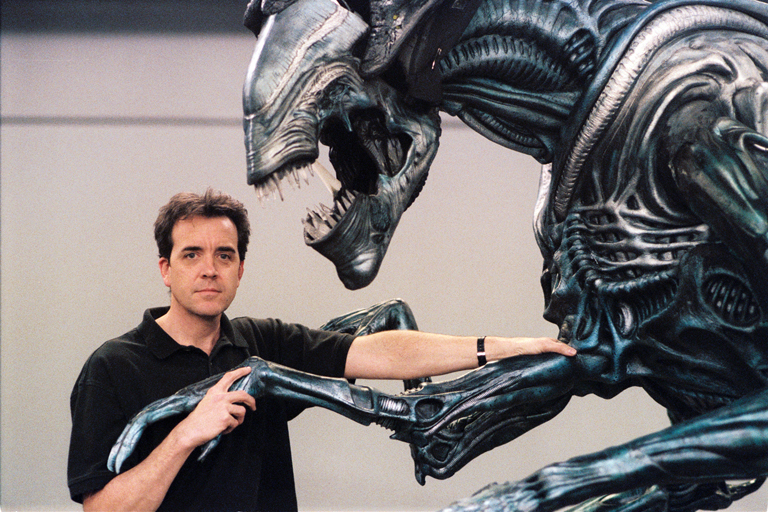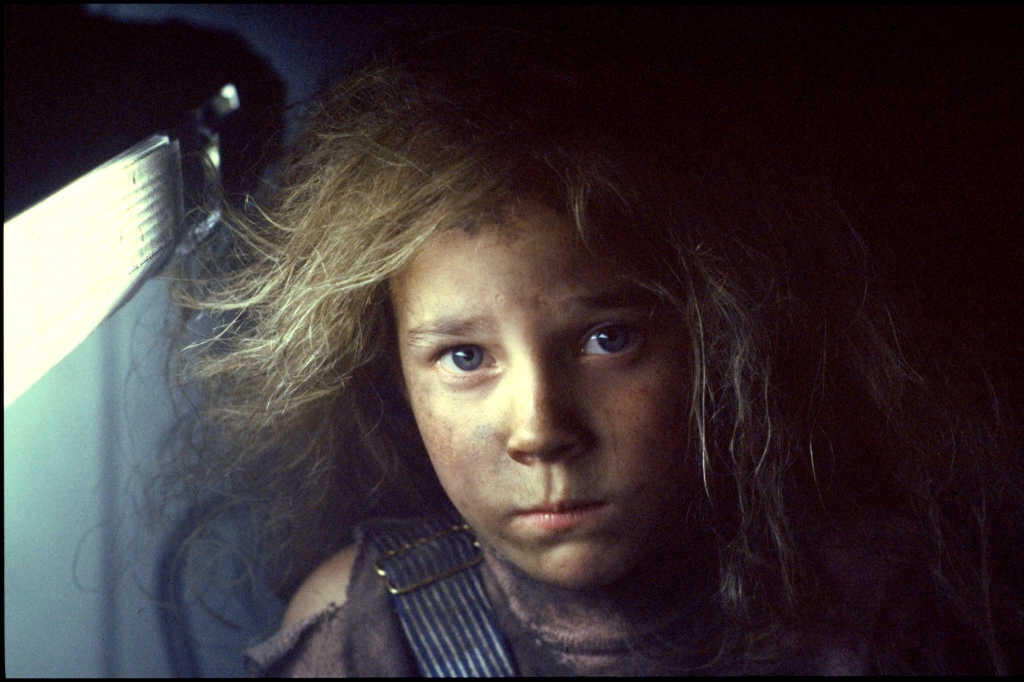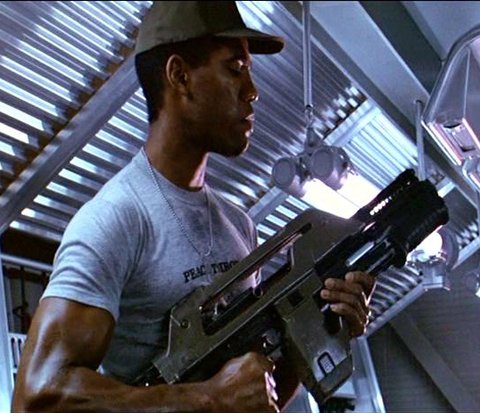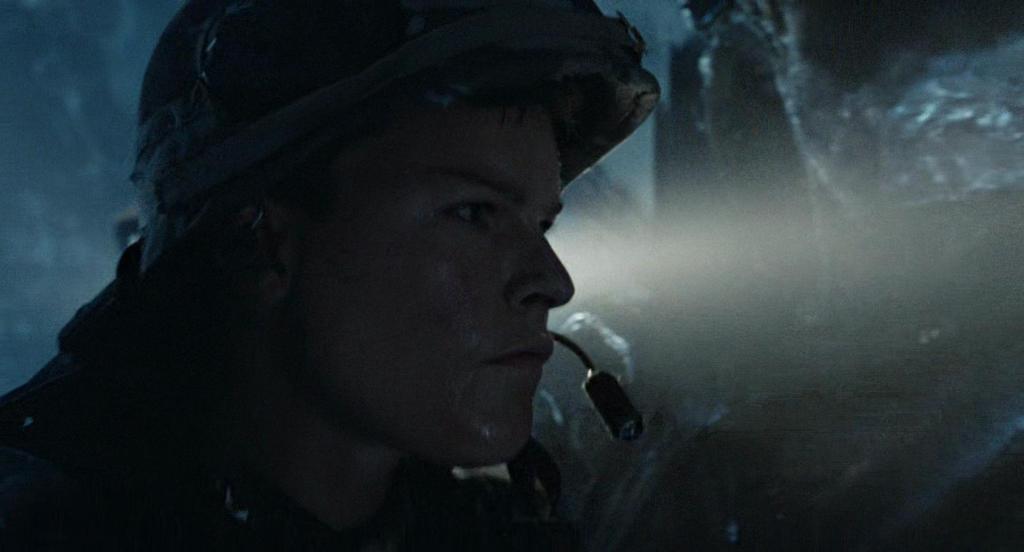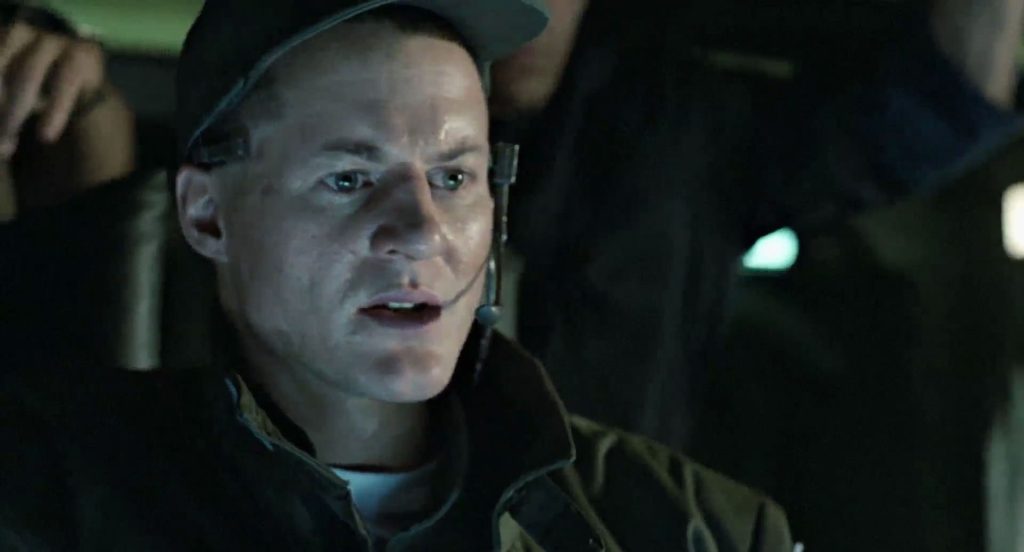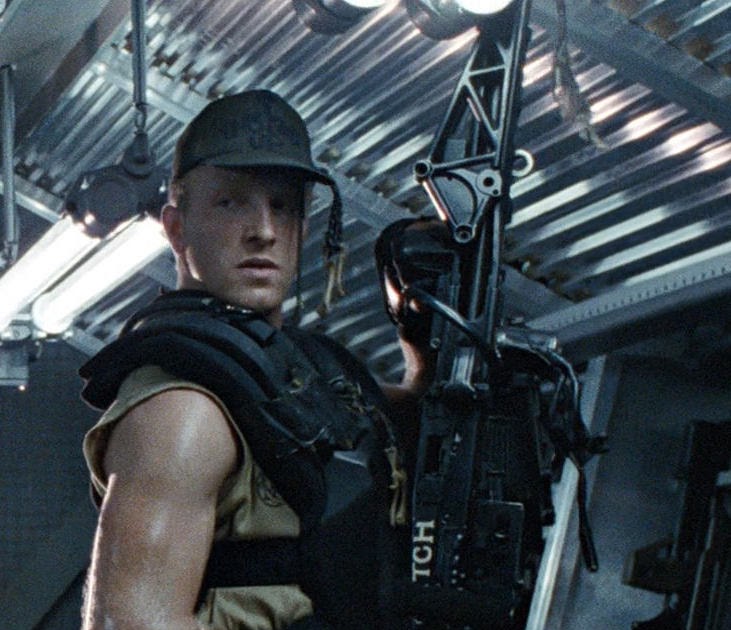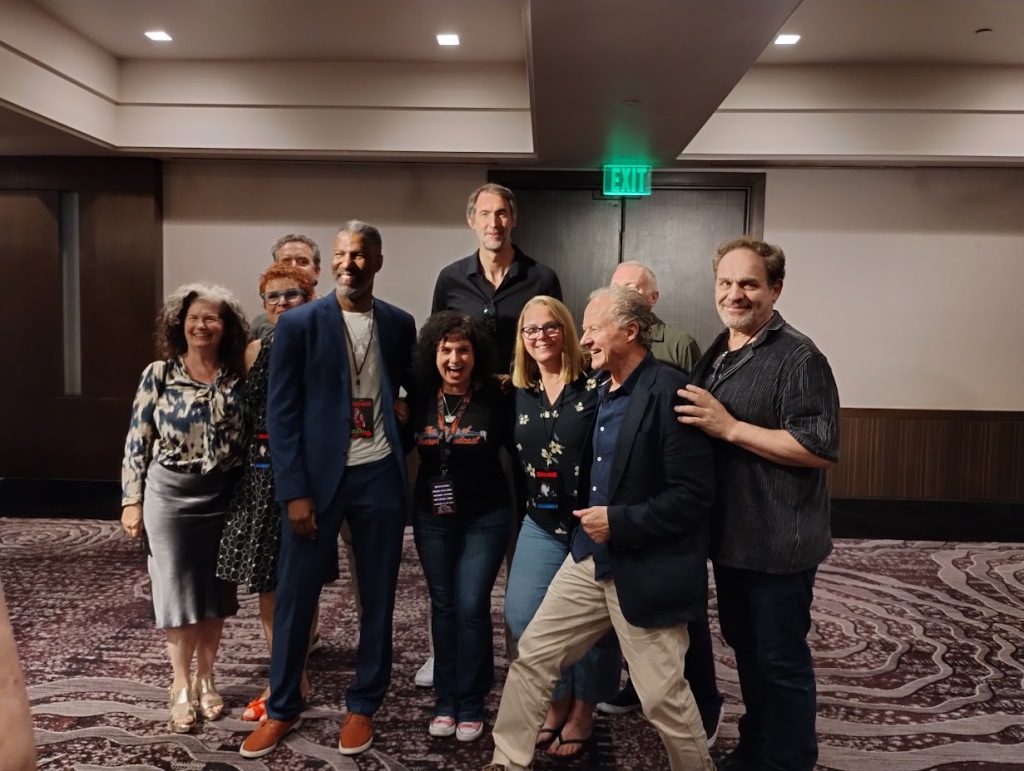‘Aliens’ Cast Discuss Their Most Quotable Lines

While at the Days of the Dead convention held in Los Angeles, California in late August of 2023, I got to attend the “Aliens” panel which featured several actors from the classic film. An audience member told the cast how this is one of the most quotable motion pictures of all time and asked if they ever get their famous lines of dialogue yelled back at them on a daily basis. Indeed, there are a plethora of memorable lines throughout which stay with the viewer long after they watch this film. Whether it is Sigourney Weaver saying, “get away from her you bitch” or the late Bill Paxton yelling out “we’re on an express elevator to hell, going down,” there is no forgetting what is said onscreen. This is saying a lot as James Cameron, who wrote and directed this sequel, is not always known for giving his actors great dialogue to work with. Then again, it is far better than the dialogue George Lucas gave us in those “Star Wars” prequels.
There is no doubt that actors will often find themselves faced with fans yelling lines of dialogue at them as they love what was said, and they always want to see if they can get a reaction out of those particular thespians. I remember interviewing Pierce Brosnan once about his movie “The November Man,” and I walked in to see him pouring himself a cup of coffee and mixing in some milk and sure. To this, I could not help but bring up a famous line he and several other actors have utter throughout history, but with a certain twist:
“Ah, stirred but not shaken!”
Thank goodness Brosnan had a great sense of humor about it.
When it comes to the cast of “Aliens,” their memories of their most well-known dialogue remain very vivid to them, and this provided some of the most entertaining moments during this Q&A session.
Daniel Kash (Private Spunkmeyer): I was in Florida once, and while I was there, someone said, “Nice pet you have there, Bishop.” That was right out of the blue. It was such an average line that no one cares about.
Carrie Henn (Newt): So, there was a line in the movie that, at the time, I asked why I am even saying this. And I know everybody says to me I know you hate the line, but you said it anyway. I learned to love it. The word “mostly,” it is amazing how many times that comes up. People will say it, and my friends will text it to me and they will say, “While I mostly saw this…” And then they always send me a second text saying “mostly.” People, I will be walking by them, and they will say it, and someone will then say “mostly.” If they only knew who was walking next to them. But yeah, it is the weirdest line, but it sticks.
Ricco Ross (Private Frost): This was maybe five years after the movie was made, and I had done a music video with Whitney Houston called “Saving All My Love for You.” I was the guy she was saving her love for. I remember walking in the hood one day and, this is a true story, a guy shouts out, “Hey Mr. Whitney Houston, how’s that Arcturian poontang?”
Cynthia Scott (Corporal Dietrich): I had a next-door neighbor in London, and he would come home from the pup every night three sheets to the wind. If I happened to be entering the house at the same time he’d go, “Oy, say that line again! Say your line!” And I would go, “Borderline malnutrition, but I don’t think there’s any permanent damage.”
Jenette Goldstein (Private Vasquez): People will yell “let’s rock” at me a lot.
William Hope (Lieutenant Gorman): You know, it’s just like, nice to meet you. You always were an asshole. And this happened in a swimming pool!
For myself, I would love to know if Sigourney Weaver ever gets anyone quoting one of Ellen Ripley’s best lines to her,
“Burke, I don’t know which species is worse. You don’t see them fucking each other over for a goddamn percentage.”
Whatever you may think of Cameron’s talent for dialogue, this remains one of the best things he has ever written.

